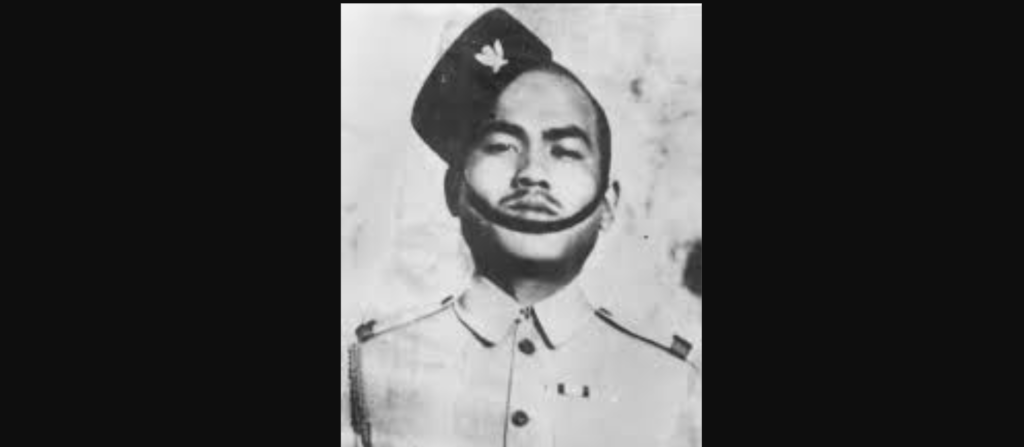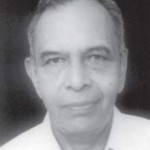Netra Bahadur Thapa was born on 8 January 1916 and joined the Indian army in 1932. He was recruited in the Fifth Gorkha Rifles (5 GR) and served on the North West Frontier. He was promoted to the rank of Subedar and was transferred to the 2nd Battalion of the regiment (2/5 GR).
In World War II, the unit was deployed in Chin Hills in Burma with the 17th Indian Division. In March 1944 the division was ordered to withdraw to Imphal to halt the Japanese assault and movement towards Assam-Bengal. As the Japanese 15th army became determined to push through the Tiddim-Imphal road and take Imphal at all costs, it resulted in large number of casualties.
2/5 Gorkha Rifles was stationed in the Bishenpur area, and on 25 June, Netra Bahadur (then an acting Subedar), was in command of a garrison of 41 soldiers at an isolated hillside piquetcalled ‘Mortar Bluff’. This position was isolated, 400 yards from the nearest other piquet, and devoid of cover. It was also overlooked by a position named ‘Water Piquet’ to the south, a short distance away on high ground to the South, which had been over-run by strong enemy forces on the previous night and was still in enemy hands. Owing to its commanding position the retention of Mortar Bluff was vital to the safety of other positions further down the ridge and to Bishenpur itself. A relief force was sent to bolster the piquet’s forces at 6:30PM.
The relief had been harassed by enemy snipers at close range but was completed without casualties. A little more than an hour around 7.30 pm, the enemy began to attack.
Netra Bahadur Thapa and his men defended themselves fiercely, with Thapa exhorting his men to hold fast, and finally succeeded in driving the Japanese back. He displayed tireless energy, moving between his men’s positions, encouraging his young soldiers and tending the wounded. He rallied his men calling for artillery fire on his own post. A short lull followed during which Thapa gave a clear and concise report on the telephone to his Commanding Officer (CO) and asked for more artillery defensive fire. Having done this he made preparations to meet the next onslaught which was not long in coming.
The Japanese soon launched another attack under cover of jungle, darkness and heavy rain. The attack was conducted ferociously but the Gorkha troops held out until one section’s Light Machine Gun and Heavy Machine Gun jammed. With their fire-power reduced, the section was unable to maintain its position and the enemy overran their section of the defences, killing 12 out of 16 of its defenders. With no reserve to call on,Thapa himself charged forward from his position and stemmed any further advance with a hail of grenades.
At this point, Thapa would have been justified to withdraw. However, his next report to his CO stated that he intended to hold, and simply requested for ammunition and reinforcements. Despite several more attempts, no more ground was gained by the attackers due to Thapa`s efficient plans for defence. Eventually, at 4 a.m. the next morning, a section of eight men with grenades and ammunition in support arrived. This drew the attention of the attackers, who gunned down all eight.
Undaunted, Netra Bahadur Thapa retrieved the ammunition and supplies himself, and led a renewed offensive at the head of his platoon HQ, with grenade and kukuri. It was in this assault on 26 June 1944 that he was shot in the mouth, and shortly afterwards struck by a grenade blast, which finally killed him. His body was found the next day, still clutching his Kukri, lying next to a dead enemy soldier bearing fatal Kukri wounds. He was posthumously awarded Victoria Cross (VC) for gallantry in the face of the enemy on 10 October 1944.


 [/column]
[/column]